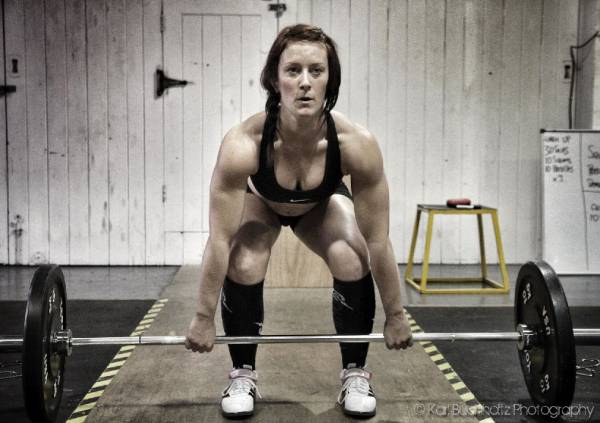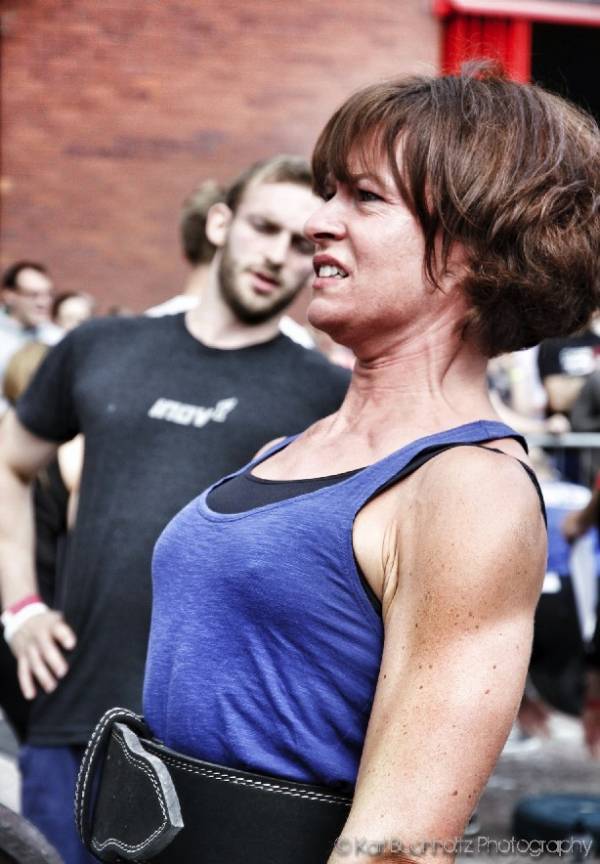Starting a new training program is exciting. So much potential. The expectation of extra kilos on your max lifts. The promise of getting stronger. The prospect of performing better (and looking better). The fame and fortune all that will bring. Okay, maybe not that last bit. However, and be honest here, it’s easy to get carried away by the potential of new programs. This is particularly true of the single-lift-specific short and intense programs, to a point where the sexy benefits on offer in terms of increasing your max lift is the only criterion that seems important.
That’s not to say this benefit is an irrelevant factor. But it’s not the only factor by which to choose a new training program, or even the most important factor. If the training program doesn’t work for you, you will never reach the full potential of either the program or yourself. Here are five aspects to consider when starting a new training program:
1. Will I Be Able to Access All the Gear I Need To?
For some programs, you may just need a single barbell. For others, in particular strongman or Westside-based programs, you are likely to need a selection of bars and toys. (My free strongman program gets around this issue by having two barbell-based sessions during the week, with an event day at the weekend, when people typically have more time and space to get all the necessary equipment out.)
Here are some aspects you might consider:
- Do you actually have or have access to the all the equipment the program calls for?
- If you train in a busy gym, even if the equipment is available, will you realistically be able to use all of the equipment you need? Particularly where programs call for multiple pieces in one workout.
- Do you need a lot of equipment every day, or could you keep some days simpler, and more time and equipment efficient.
2. How Much Time Do I Realistically Have?
I get it. You’ve spent countless hours looking on the Internet. Maybe even read a book or two (they are those rectangular looking things you use to prop up your computer monitor). You’ve worked out the perfect program, and maybe even modified it to suit you personally. (Mini-rant: fine, but If you’ve “tweaked it a bit” you are not doing the program. So don’t blame me, the programmer, or anyone else but yourself if you don’t get the resultsyou expected.) You’ve come up with the perfect combination of movements. They cover all bases, attack all your weaknesses, and draw you closer towards your goals. Time and again, I’ve seen programs like these done to the letter for the first few weeks, a couple of things missed out over the next few weeks, and it all go to pot after that.
Stop for a second and look over it again:
- Are you actually going to be able to accomplish all that work on a daily and weekly basis?
- Does the schedule and proposed split of days work with your work schedule, family, and general lifestyle?
- Could you simplify it and spread the work out over a longer period?
3. Does the Program Actually Help Me Achieve My Goals?
 This isn’t an article on goal setting. There are plenty of those about. This is an article on program setting. But for your program to be in accordance with your goals, you need to have some suitable goals in the first place. It’s fine to have more than one, but make sure they work together. Building up your squat and deadlift are two goals that, given the right programming, could be improved together quite successfully. Increasing your weightlifting total, while cutting weight and entering a handful of powerlifting competitions isn’t going to happen without something giving. So the first place to look if your programming doesn’t progressively take your closer to your goals is the goals themselves.
This isn’t an article on goal setting. There are plenty of those about. This is an article on program setting. But for your program to be in accordance with your goals, you need to have some suitable goals in the first place. It’s fine to have more than one, but make sure they work together. Building up your squat and deadlift are two goals that, given the right programming, could be improved together quite successfully. Increasing your weightlifting total, while cutting weight and entering a handful of powerlifting competitions isn’t going to happen without something giving. So the first place to look if your programming doesn’t progressively take your closer to your goals is the goals themselves.
If the goals are SMART enough, then take a look how your programming ties in:
- Are your goals in sync with each other?
- Is the programming in sync with your goals?
- Is this program actually what you need? As in, you want a bigger clean, so you embark on a squat program. But is it actually your squat holding your back or another aspect of your lifting?
4. Is the Program Sustainable for Me and My Body?
Broadly speaking, there are two different types of program you can take on. One type, like Wendler’s 5/3/1 or Westside’s Conjugate Method, is designed to be a long-term program that will keep you getting stronger for as long as you keep wanting to be stronger. The other type is an intense “boost” program, such as the Russian Squat Routine or the Smolov Squat Routine.
With either program type, there’s an element of sustainability that needs to be considered. Whereas you’re not going to be doing those programs for months on end, you still need to come out on the other side stronger, better, and in one piece (as opposed to chewed up and spat out, with improvements regarding that aspect of your lifting but a mess of issues otherwise). For example, if you’re prone to elbow issues, it’s probably not worth you doing a routine that has you benching four times a week.
Here are some pointers to bear in mind:
- Is your body able to cope with the intensity and volume of the program?
- Conversely, are both intensity and volume arranged in a way that will keep you progressing?
- Do you have any pre-existing injuries or issues that will likely flare up and become a showstopper?
5. Am I Basing My Program Off a Realistic Max?
 For new programs that require you to work off percentages, you will need to base your figures on a max lift. This can be the make or break of a program, and the make or break of you. Choose your max with care and honesty. It may be tempting to choose a number that’s higher than your actual max in order to supposedly progress faster, or if it’s an intense program, to finish up on a bigger lift. In fact, choosing a unrealistic max is likely to have the opposite effect.
For new programs that require you to work off percentages, you will need to base your figures on a max lift. This can be the make or break of a program, and the make or break of you. Choose your max with care and honesty. It may be tempting to choose a number that’s higher than your actual max in order to supposedly progress faster, or if it’s an intense program, to finish up on a bigger lift. In fact, choosing a unrealistic max is likely to have the opposite effect.
Instead, choose a max that is around 90% of your top lift. This should be a max you could hit anytime you chose. This approach may seem like a waste of time, but it will allow for good days and bad days, help ensure reps are hit, and guarantee progress is consistent and sustainable.
Think in terms of these guidelines:
- Is this a max you have actually hit recently?
- Is this a max you can manage on any given day?
- Is it a max you can lift as raw as possible (and without the aid of much special kit)?
Saying “I will make it work whatever happens” is a noble thought, but the reality is that work, family, time, money, injury, gravity, and anything else that can conspire against you will probably will at some point. So make sure the path you choose to walk is clear of obstacles.
Here are my top tips for when you are about to embark on a new program. If you are only going to read one part of this article, read this:
- Keep it simple – in program design, equipment requirements, and session structure.
- Keep it sustainable – make sure the volume, intensity, and rest are managed.
- Keep it sincere – to your goals, to your lifestyle, and to your true maxes.
Photos courtesy of Karl Buchholtz.






